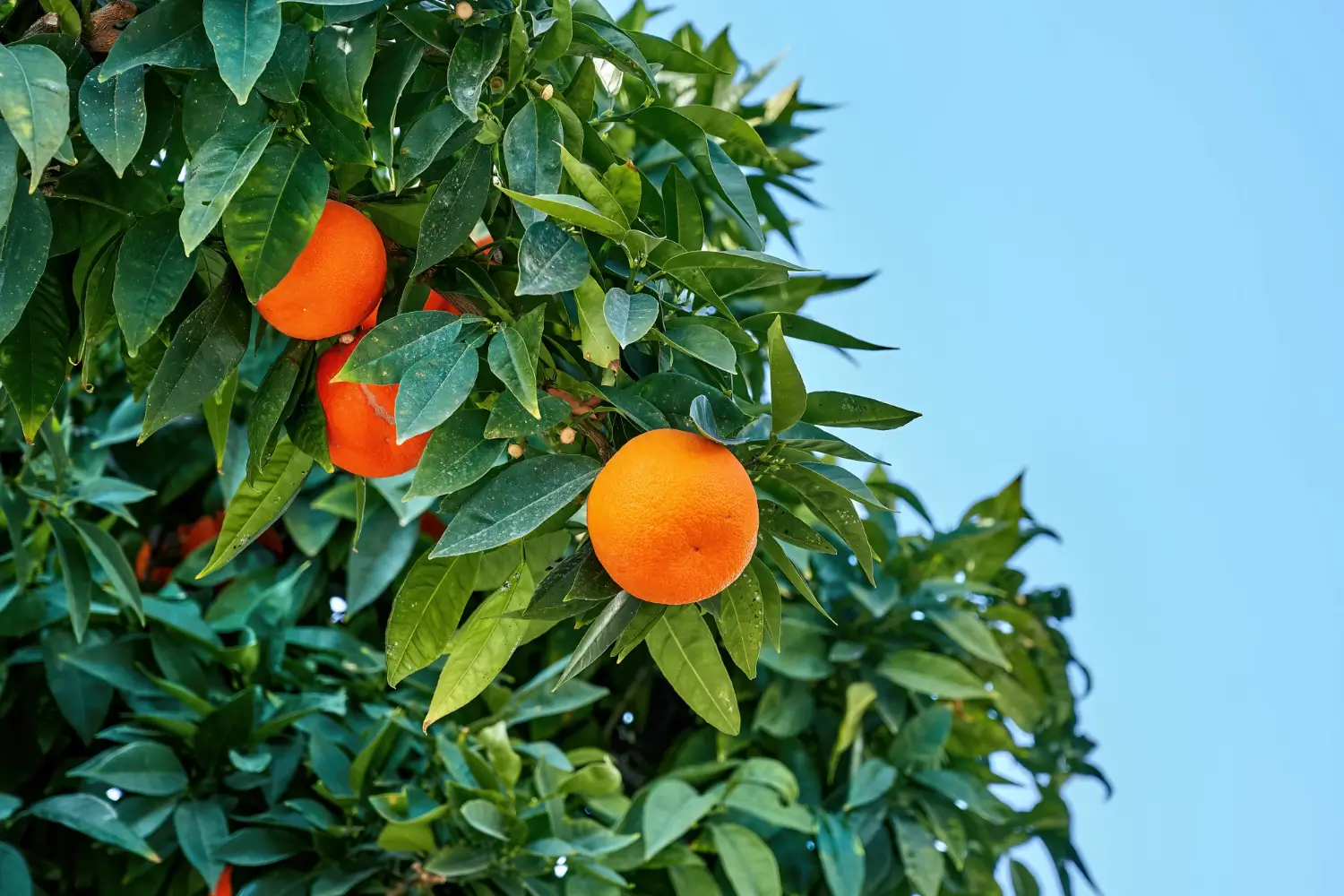
Soil Health & Fertilization
We unite suppliers and green industry professionals worldwide
Yellow Pear Tomato – this adorable heirloom variety is mostly grape-sized with fresh yellow fruit in the shape of teardrop or tiny pears. This tomato has been passed down through generations of gardeners for its sweet flavor, prolific yield, and playful
By Mariam Scott
|Published on June 29, 2025
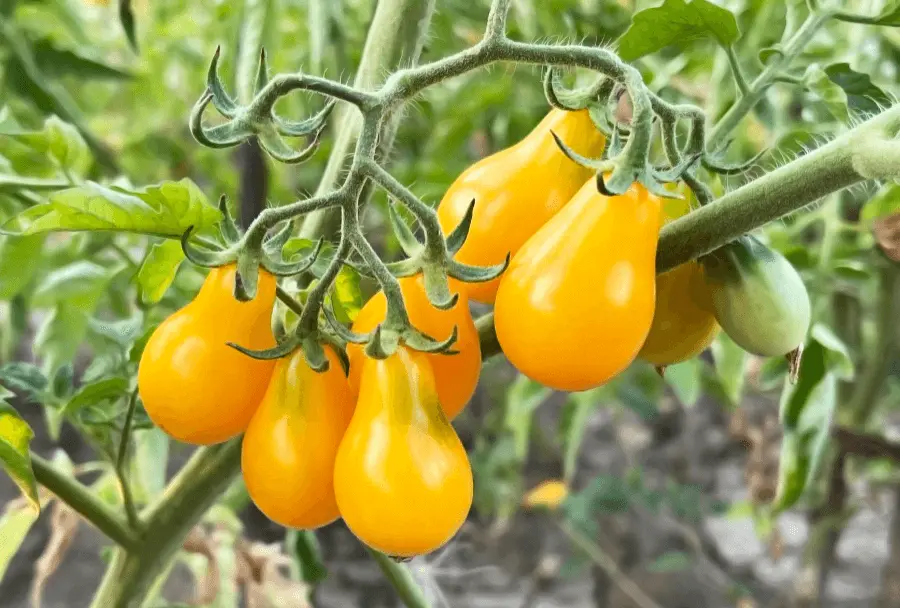

Did you know one of the oldest tomatoes still grown today is shaped like a miniature pear—and tastes like sunshine?
Yellow Pear Tomato – (Solanum lycopersicum‘Yellow Pear’) this adorable heirloom variety is mostly grape-sized with fresh yellow fruit in the shape of teardrop or tiny pears. With origins dating back to the 1800s, this tomato has been passed down through generations of gardeners for its sweet flavor, prolific yield, and playful appearance.
Yellow Pear are also attractive on the vine, perfect for snacking, salads or roasting. They are a treat in any vegetable garden, patio or even hanging basket due to their vigorous growth, trailing habit and hundreds of fruits per plant.
| Common Name | Yellow Pear Tomato |
| Botanical Name | Solanum lycopersicum ‘Yellow Pear’ |
| Type | Heirloom indeterminate tomato |
| Height | 5–8 feet with support |
| Sunlight Requirements | Full sun (6–8 hours each day) |
| Soil | Rich, well-draining loam with organic matter |
| Watering Needs | Average; consistent moisture |
| Hardiness Zones | Grown as annual in all zones |
| Bloom Time | Summer |

September 25, 2025
9 minute read
September 24, 2025
9 minute read
September 23, 2025
10 minute read
September 22, 2025
9 minute read


Join as a seller and connect with thousands of B2B buyers nationwide!
Sign Up
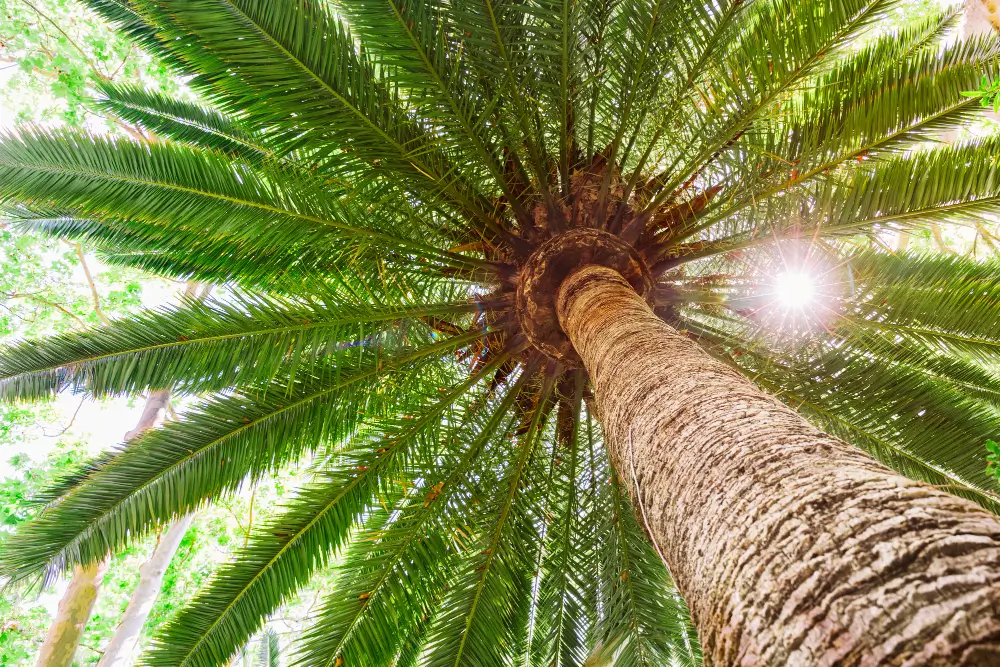
Palm Tree
For centuries, palm trees have been symbols of leisure, dream travel, lush, tropical beauty. But more than their postcard-perfect appeal, palm trees are remarkably diverse, ranging from towering outdoor varieties like the Queen Palm to compact, elegant in
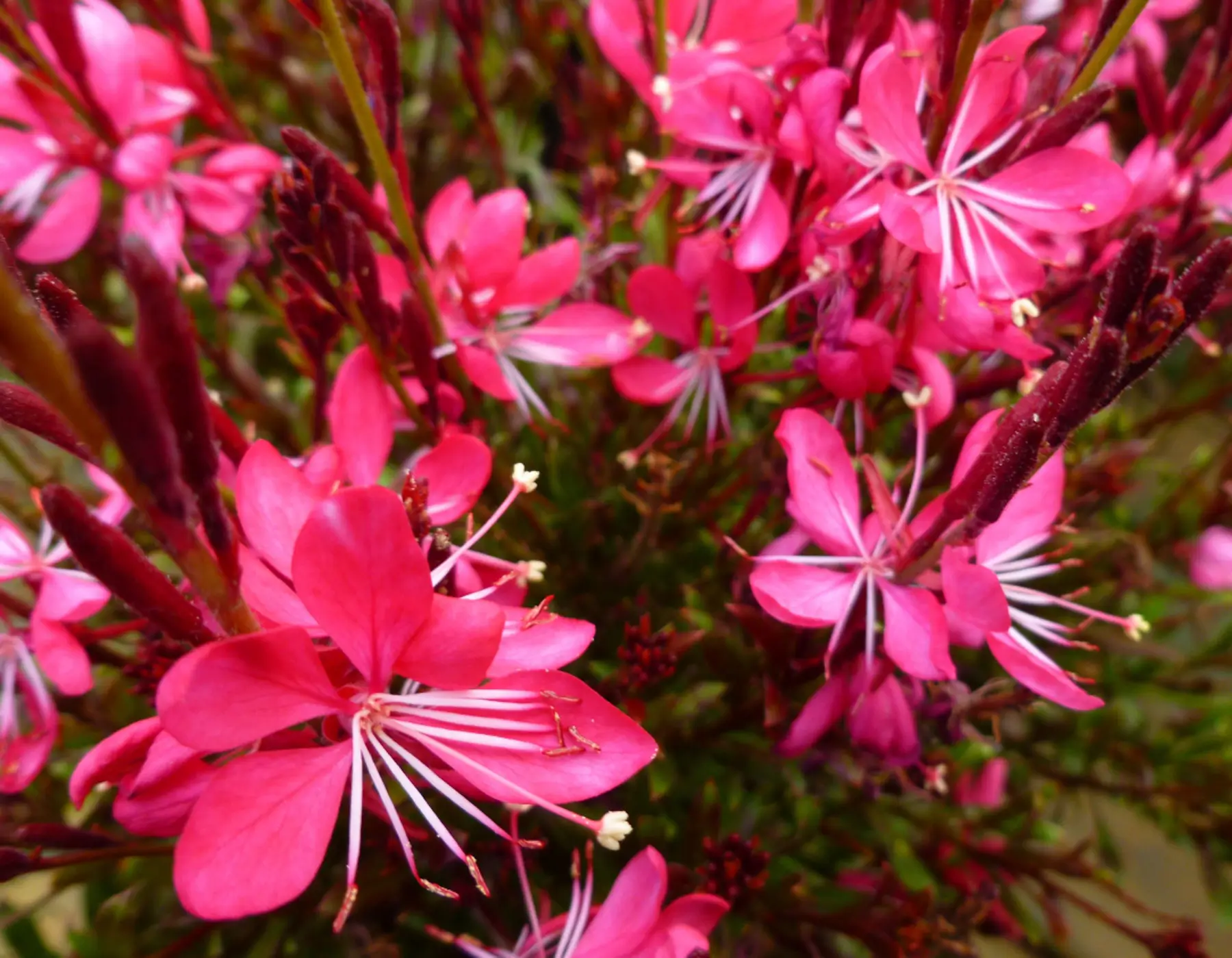
Wandflower
A Soft Bloomer That Dances in the Breeze
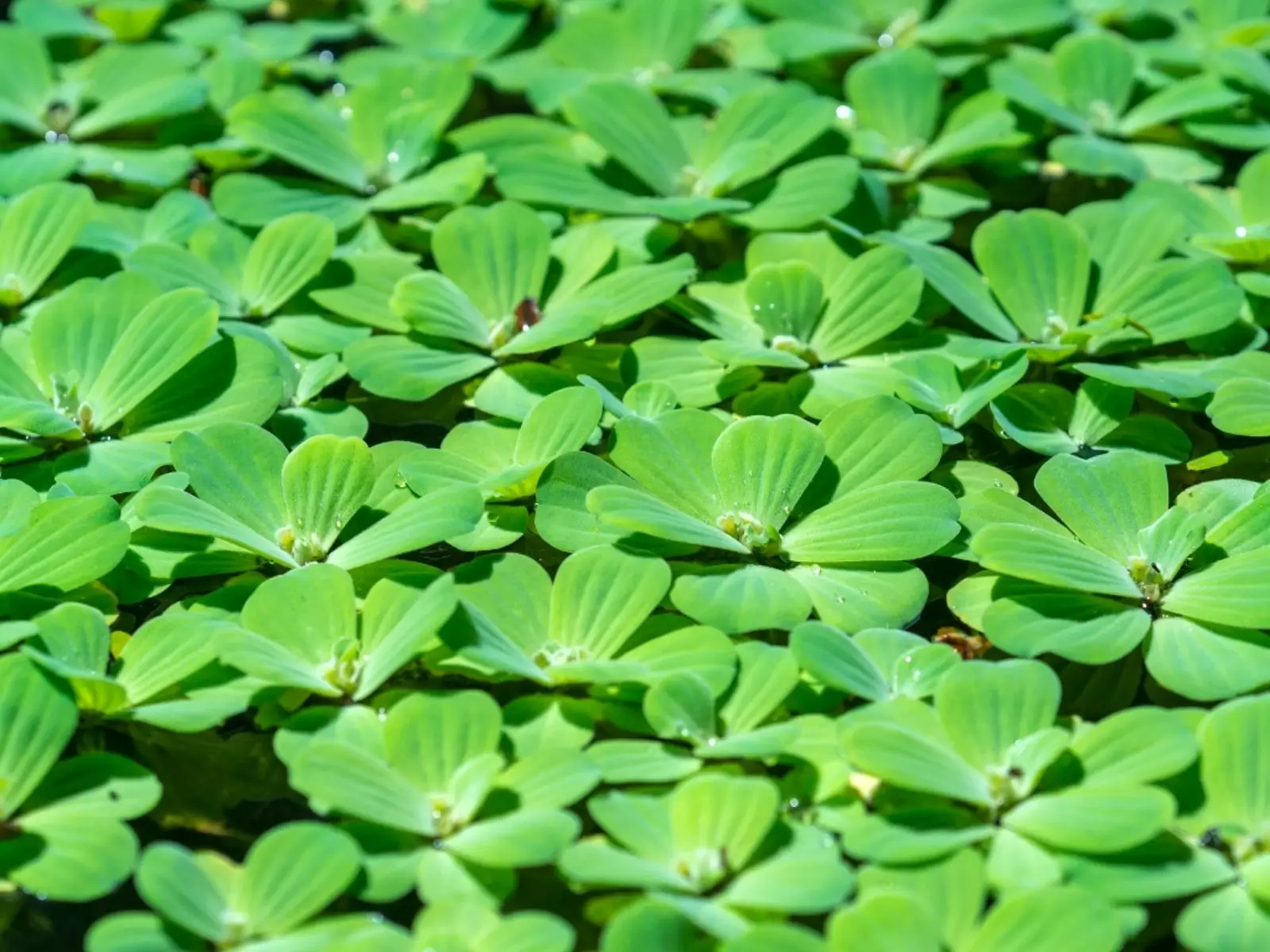
Water Lettuce
A Floating Beauty With a Leafy Name and Lush History

Quick Fire Hydrangea
Quick Fire Hydrangea is an early blooming, fiery-toned shrub that brings drama and color to the garden long before most hydrangeas even think about flowering. It comes into bloom as early as late spring, and sets landscapes aglow with frothy white flowers
Yellow Pear Tomatoes are indeterminate, meaning Yellow Pear Tomatoes will keep on growing and bearing fruit all season long. Start seeds indoors 6–8 weeks before the last frost, or transplant stronger seedlings after nighttime temperatures stay above 50°F.
Use tomato cages or trellises to support their sprawling vines, and give them plenty of space to grow. Once fruiting starts, feed every couple of weeks with a balanced fertilizer. Harvest when fruits are fully yellow and slightly soft to the touch.
Tomatoes are sun lovers. Plant your Yellow Pear in a spot that receives at least 6 to 8 hours of direct sunlight daily. You need to have full sun for good growth, more flower production, and the most delicious fruit. In less light, plants may grow leggy and produce fewer tomatoes.
The soil must be rich and fertile for a healthy tomato plant. Try to use a good loamy soil with high organic matter and high drainage and aim for a pH between 6.0-6.8. Before planting, be sure to mix your soil with compost or aged manure for nutrients and better moisture retention.
Consistent watering is essential. Water regularly, keeping the soil moist but not soggy, particularly when the fruits begin to develop. Water deeply a few times a week instead of shallow watering every day. Try to water at the base of the plant to avoid wetting the leaves, which can lead to disease. In very hot weather, you may need to water more often.
Pruning helps Yellow Pear Tomatoes stay productive and manageable.
Growing new tomato plants from stem cuttings is easy.
This is a quick and easy way to grow more tomatoes without starting from seed.
Yellow Pear Tomatoes grow well in large containers with proper care.
Since Yellow Pear Tomato is a warm-season annual, it won’t survive the frost when grown outside. Harvest remaining fruit before the first frost at the end of the season. You can take cuttings to root indoors, or overwinter a small plant in a sunny indoor spot, though productivity may slow. Most gardeners replant each spring from seed or starter plants.
Small yellow flowers bloom on Yellow Pear Tomatoes all summer long, usually starting just 5–7 weeks after planting. These flowers also have the capacity for self-pollination, which is quickly followed by the development of the pear-shaped fruits. They will give you more flowers and, of course, fruit all season long — with regular feeding and full sun.
We love tomatoes, but they are not trouble-free. Like any other tomato variety, Yellow Pears are subject to common issues.
Keeping your plants pruned, well-fed, and consistently watered goes a long way in preventing issues.
The Yellow Pear Tomato is a delightful blend of history, flavor, and charm. With bright yellow fruits, sweet taste, and high yields,it’s a favorite among heirloom gardeners and fresh-food lovers alike. This variety is right at home in the ground, in a raised bed, in a patio pot, or in a greenhouse, offering beauty and bounty wherever you plant it.
Easy to grow, productive, and endlessly snackable, Yellow Pear offers the full tomato experience in a fun, compact package. For gardeners seeking a colorful and rewarding crop that stands out from the ordinary—this little pear-shaped gem is a must-grow.
Yes! They're sweet and mild with low acidity, perfect for snacking, salads, or kids’ lunchboxes.
They're indeterminate vines, and can grow up to 8 feet or more if not pruned—make sure they have support.
Tomatoes are self-pollinating, but bees and air movement help improve fruit set.
From transplant, expect ripe fruit in about 70–80 days.
Yes, with strong support. With its trailing foliage and small, yellow fruit, Yellow Pear makes a fun, ornamental edible for hanging baskets.

Soil Health & Fertilization
Victor Miller
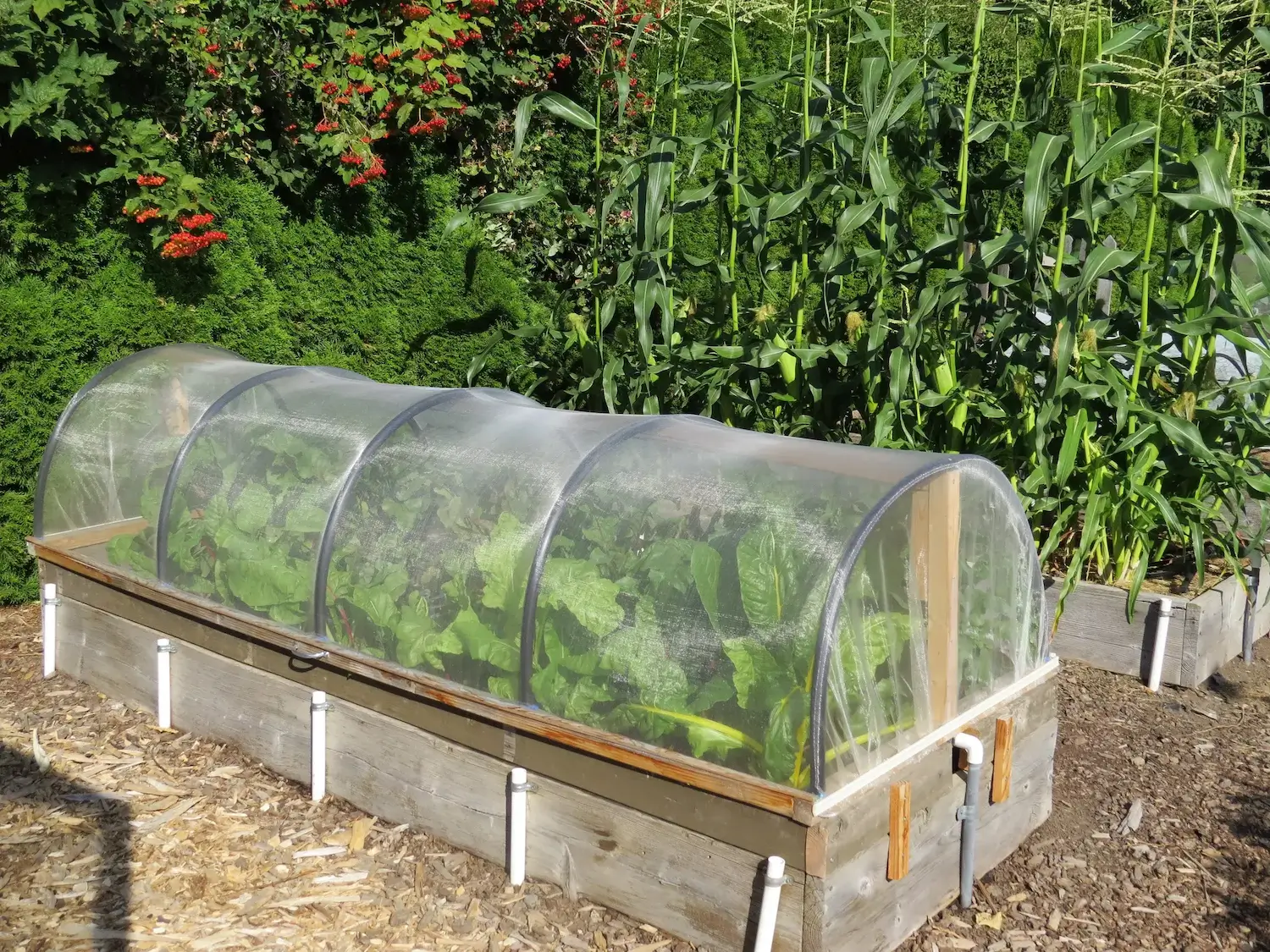
Pest Identification & Prevention
Victor Miller
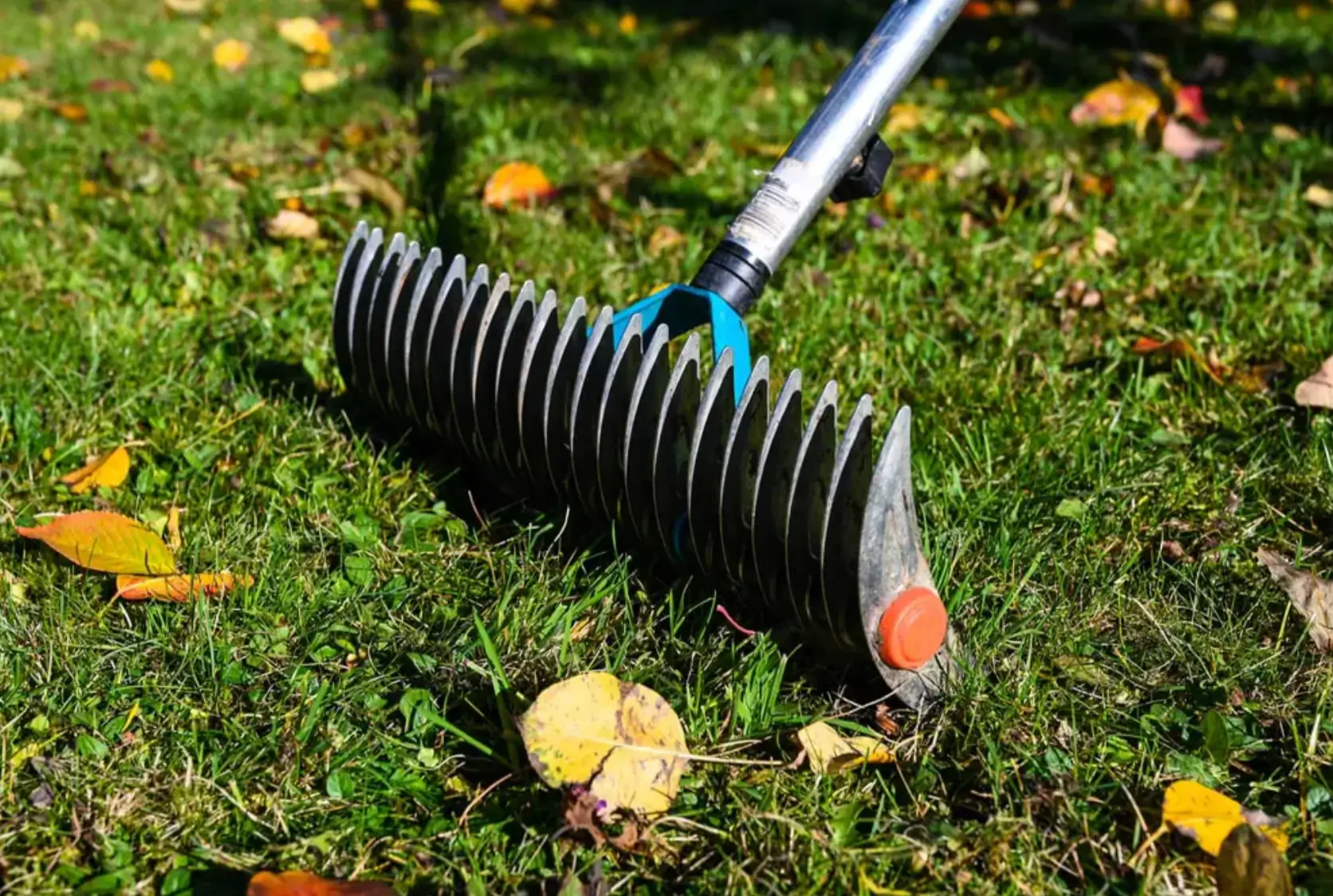
Lawn Care Tips & Maintenance
Victor Miller
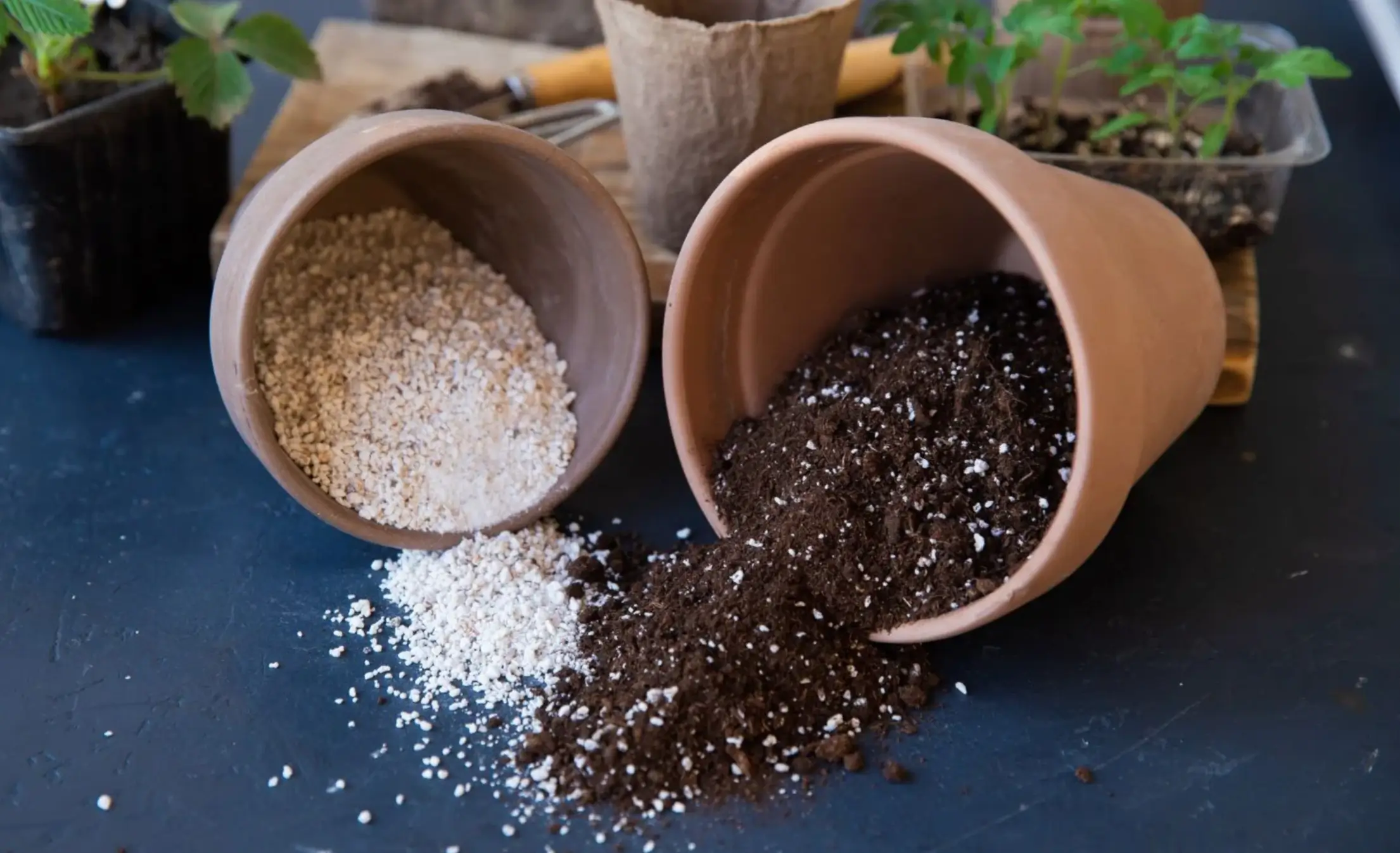
Soil Health & Fertilization
Victor Miller
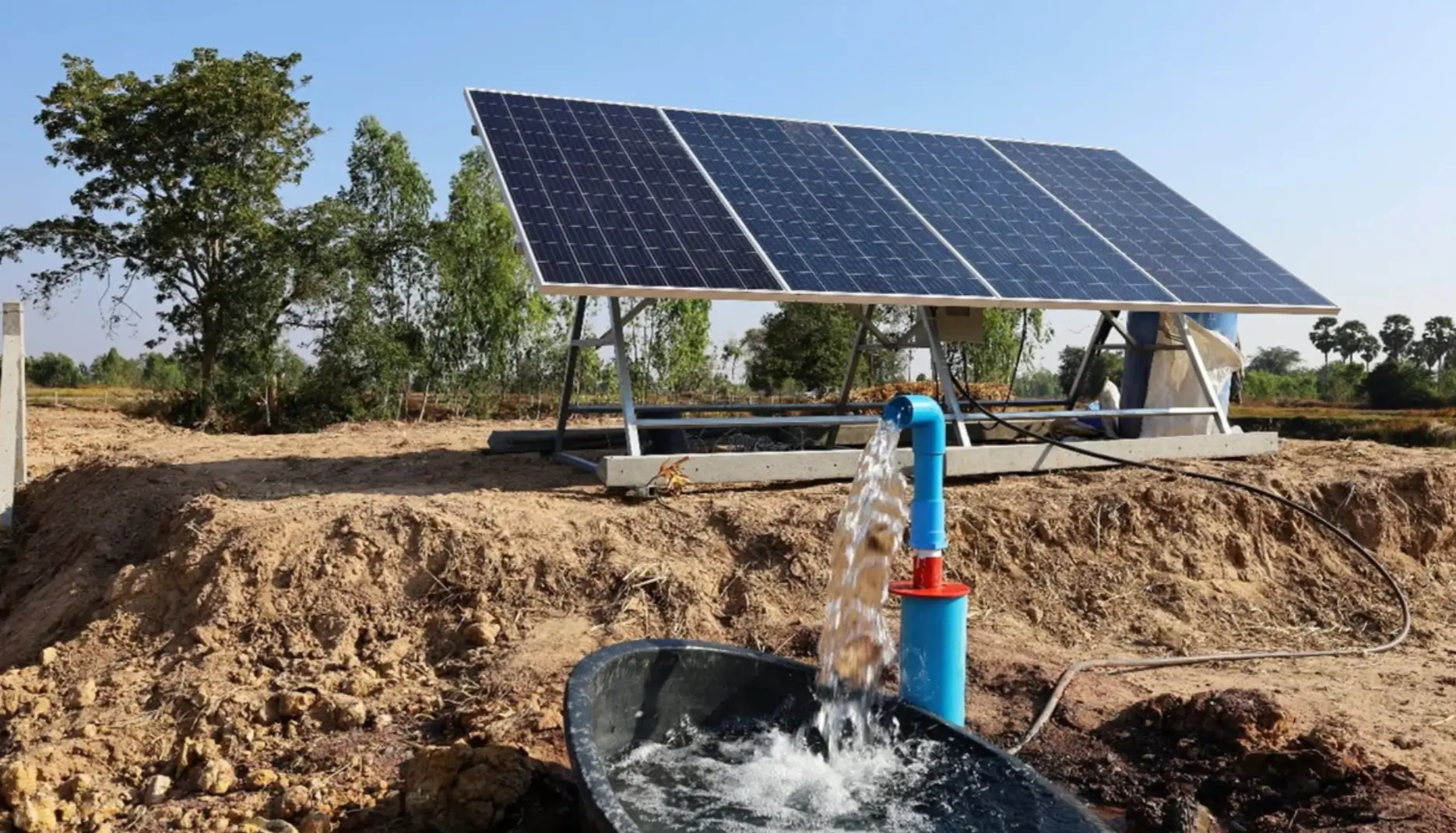
Smart Irrigation Systems
Victor Miller

Patios, Walkways & Driveways
Victor Miller
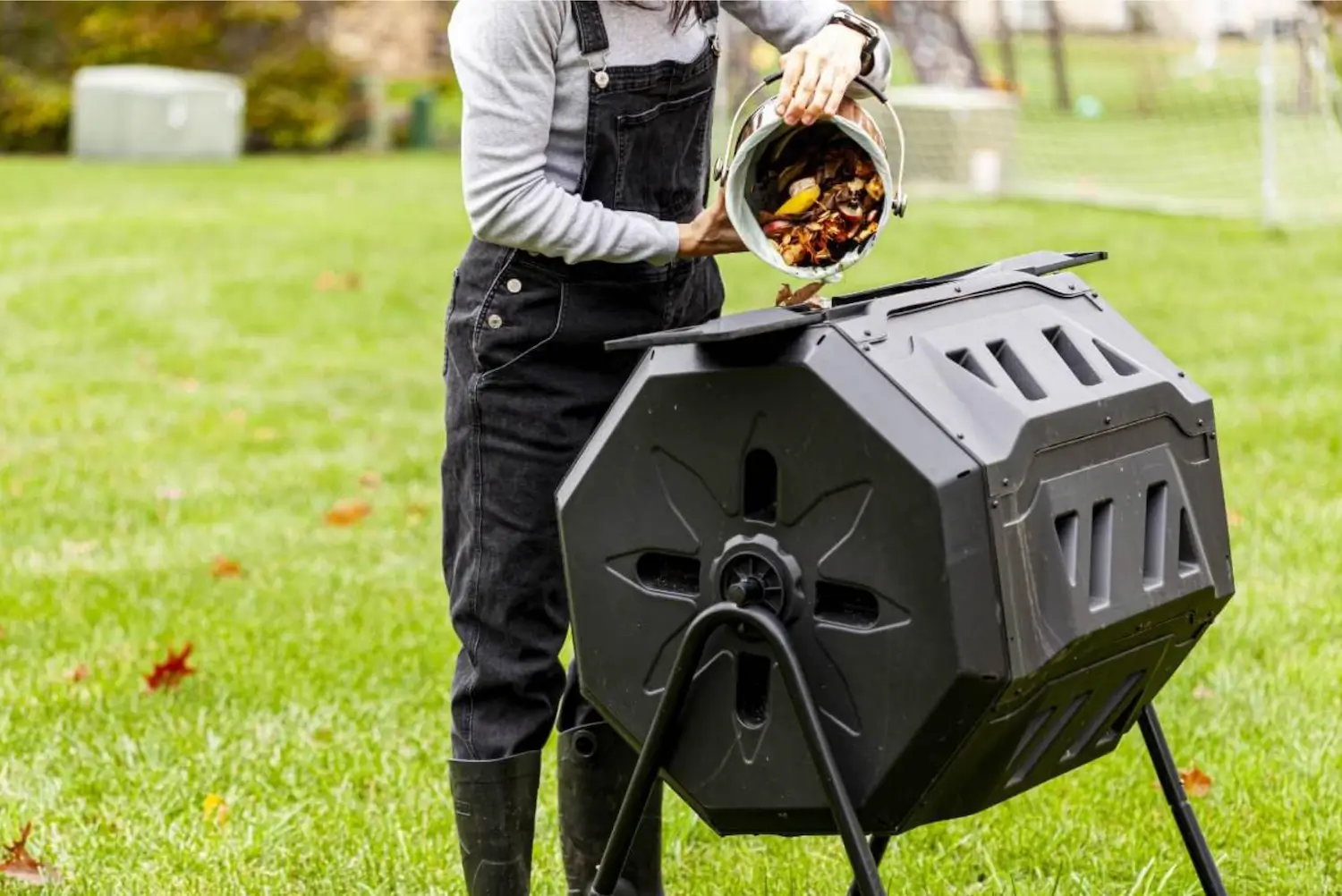
Soil Health & Fertilization
Victor Miller
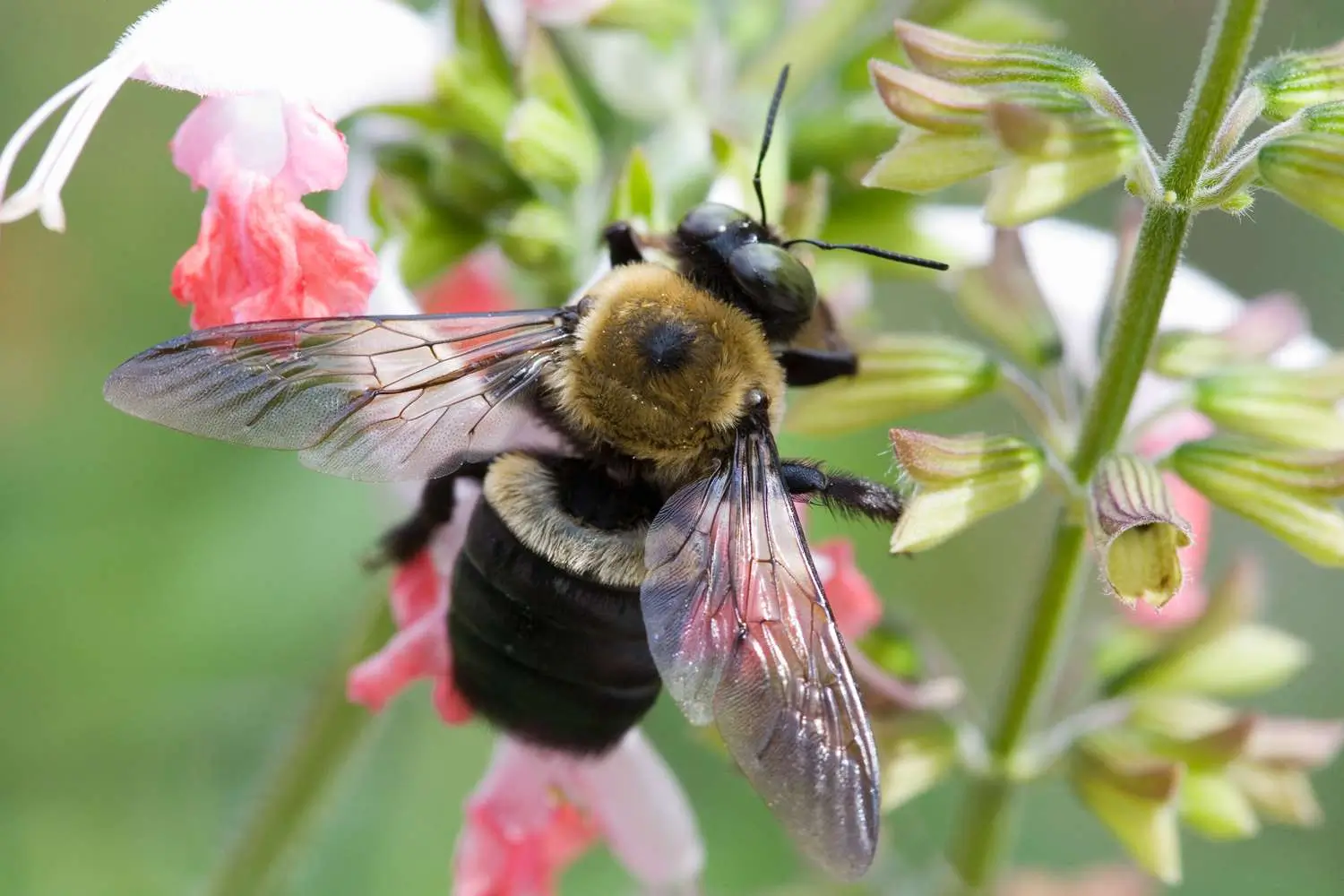
Pest Identification & Prevention
Victor Miller
My Account
Our team is always here to help.
We are open Monday - Friday, 9:00 AM to 4:30 PM PST.